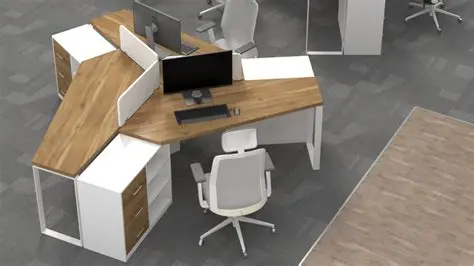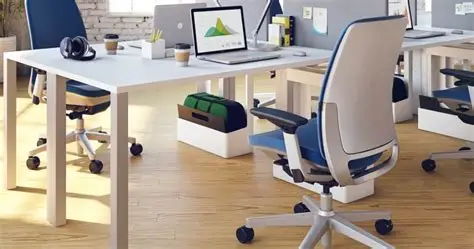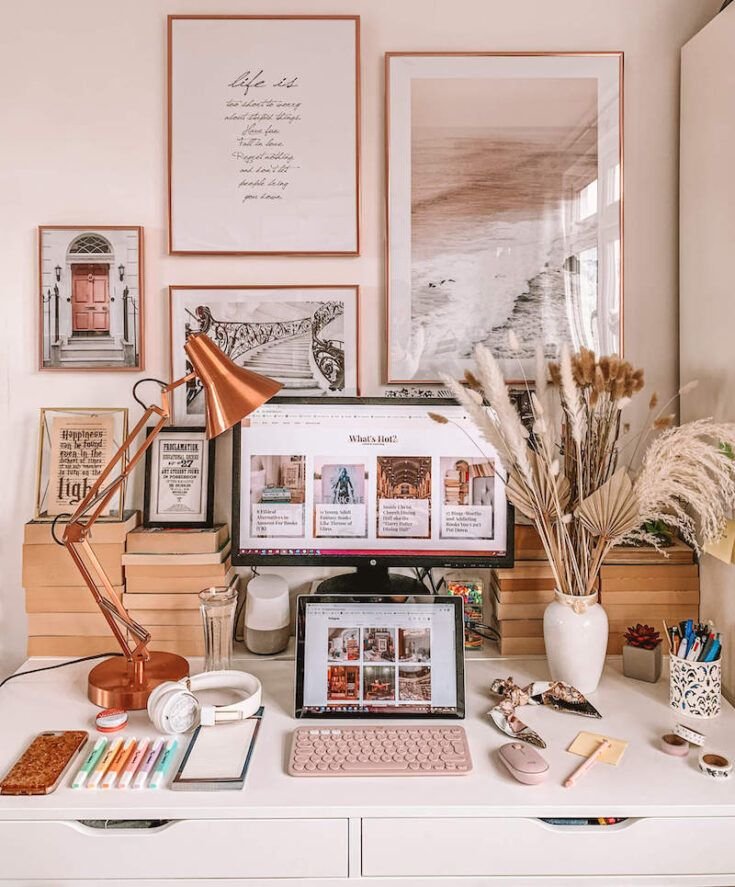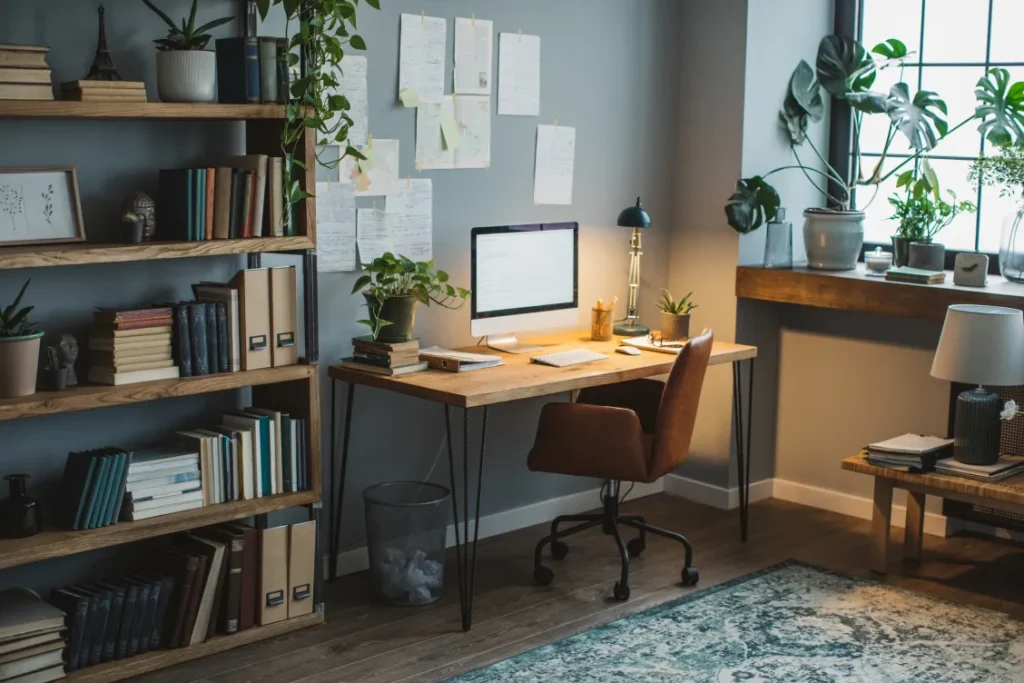
How to Design a Comfortable Home Office
Working from home has become increasingly common, making a comfortable home office essential. A well-designed workspace improves productivity, reduces stress, and promotes good posture. Designing a home office doesn’t require a large space or a big budget—it requires planning, functionality, and attention to comfort.
A comfortable home office supports your daily tasks while maintaining your health. From choosing the right furniture to organizing your space, every detail contributes to efficiency and well-being.
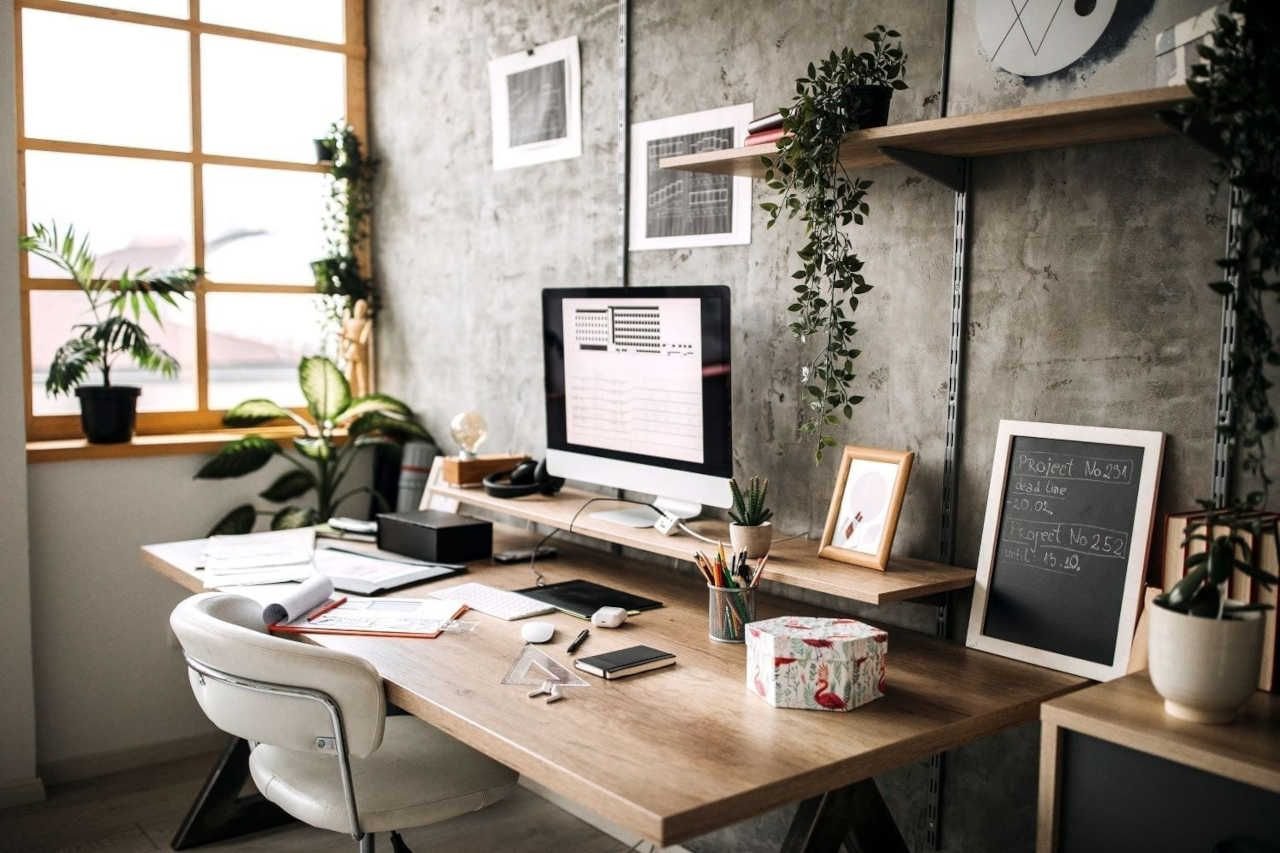
Reasons Why a Comfortable Home Office Matters
A home office should be more than a desk in a corner. It impacts both productivity and mental health:
-
Enhances focus: A well-arranged workspace minimizes distractions.
-
Supports posture: Ergonomic furniture prevents back, neck, and wrist strain.
-
Boosts productivity: Organized and comfortable setups allow you to work efficiently.
-
Reduces fatigue: Proper lighting, seating, and desk arrangements conserve energy.
-
Creates a professional environment: Even if virtual, a neat workspace projects professionalism.
Investing in comfort ensures you can work effectively without compromising health.
Essential Furniture for a Comfortable Home Office
1. Ergonomic Chair
-
Features: Adjustable height, lumbar support, tilt, and armrests.
-
Benefits: Supports proper posture and reduces back and neck pain.
-
Tips: Test different chairs and choose one that suits your body type.
2. Functional Desk
-
Features: Adequate surface area, cable management, and storage options.
-
Benefits: Provides space for a computer, paperwork, and office supplies.
-
Tips: Adjustable or sit-stand desks add flexibility to your workflow.
3. Storage Solutions
-
Options: Shelves, filing cabinets, or drawers.
-
Benefits: Keeps your workspace organized and clutter-free.
-
Tips: Choose vertical storage to save floor space in small rooms.
Optimize Your Layout
A comfortable home office depends on how you arrange furniture:
-
Desk placement: Position your desk near natural light if possible, but avoid glare on screens.
-
Monitor height: Keep your screen at eye level to reduce neck strain.
-
Chair and desk alignment: Your elbows should be at a 90-degree angle when typing.
-
Clear pathways: Leave space for movement to maintain comfort and flexibility.
Proper layout enhances workflow and reduces physical strain during long hours.
Lighting and Ambience
Lighting plays a crucial role in comfort and productivity:
-
Natural light: Provides energy and reduces eye strain.
-
Task lighting: Desk lamps or adjustable lights for focused work.
-
Ambient lighting: Soft overhead lights to maintain a comfortable atmosphere.
Combining natural and artificial lighting ensures your home office is bright without causing glare or discomfort.
Personalize Your Space
Adding personal touches makes a home office inviting:
-
Decor: Simple art, plants, or framed photos create a pleasant environment.
-
Color scheme: Use calming or motivating colors to suit your workflow.
-
Ergonomic accessories: Footrests, wrist supports, or cushions enhance comfort.
Personalization improves mood and encourages a productive mindset.
Technology and Connectivity
A comfortable home office requires reliable technology:
-
Stable internet: Essential for meetings, research, and communication.
-
Quality peripherals: Keyboards, mice, and headphones that reduce strain.
-
Cable management: Organize cords to avoid clutter and hazards.
Tech upgrades enhance efficiency and reduce frustration.
Tips for Maintaining Comfort
-
Take breaks: Stand, stretch, or walk every hour to avoid fatigue.
-
Keep the space tidy: Clutter-free environments reduce stress and increase focus.
-
Adjust regularly: Change seating, desk height, or lighting as needed.
-
Incorporate movement: Use sit-stand desks or take short walks to stay active.
Maintaining comfort is an ongoing process that requires attention to posture, organization, and environment.
Conclusion
Designing a comfortable home office is essential for productivity, well-being, and professional efficiency. Choosing ergonomic furniture, arranging a functional layout, optimizing lighting, personalizing your space, and maintaining comfort all contribute to an effective workspace. A thoughtfully designed home office allows you to work efficiently while protecting your health and enhancing focus. With careful planning and attention to detail, you can create a home office that is both comfortable and inspiring, supporting long-term success in your work-from-home routine.

